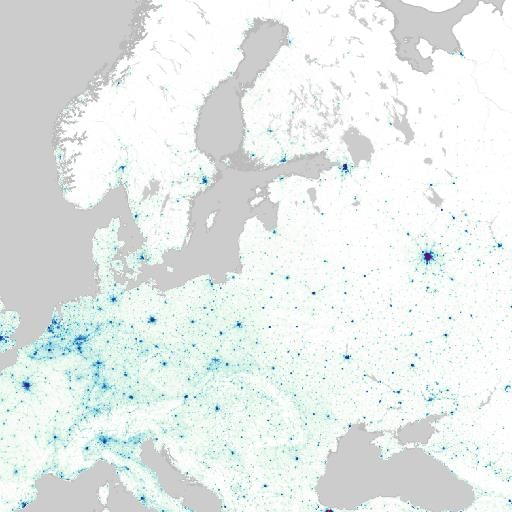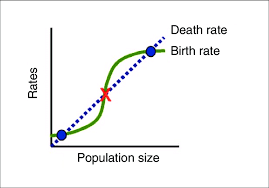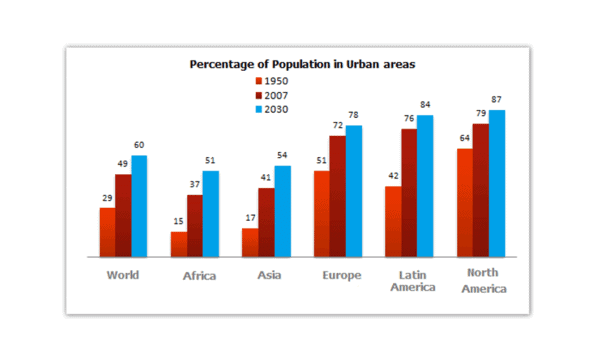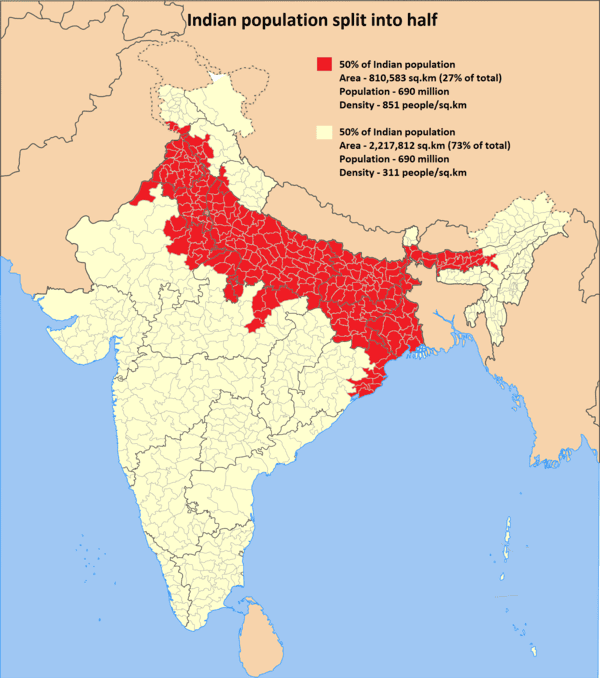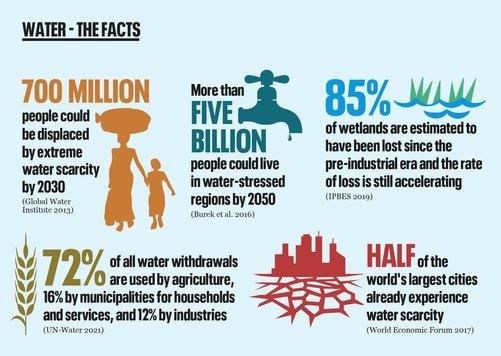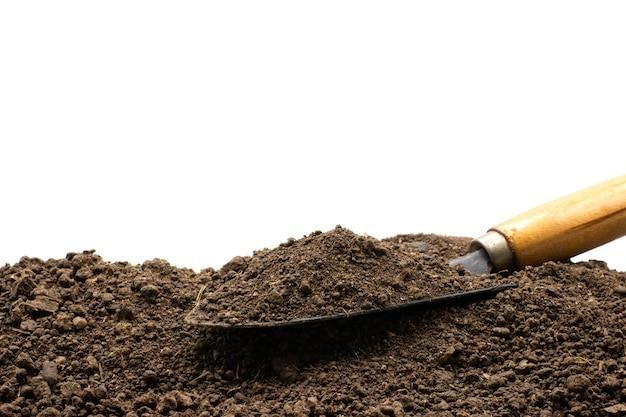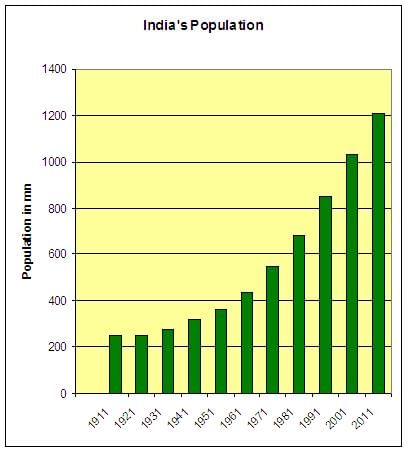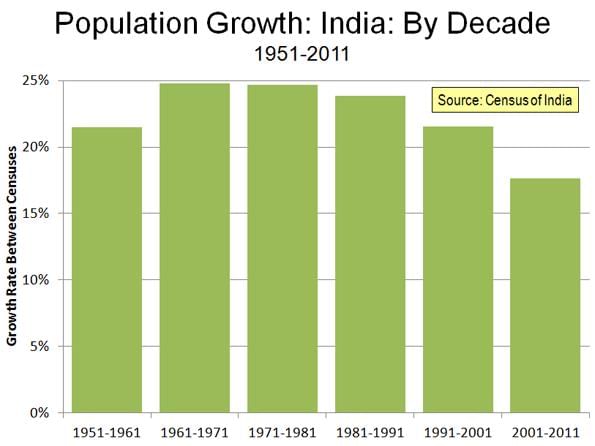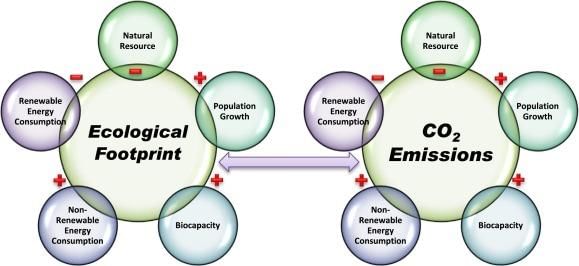|
Approximately ___% of the global population resides in only ___% of the land area. |
Card: 1 / 50 |
|
True or False: The top 10 most populated countries account for approximately 60% of the world's population. |
Card: 3 / 50 |
|
Fill in the blank: The distribution of the world's population is described as ___ due to its uneven spread across the earth's surface. |
Card: 5 / 50 |
|
What factors are essential to understand the characteristics of a country's population? |
Card: 7 / 50 |
|
True or False: Most of the global population lives in rural areas rather than urban areas. |
Card: 9 / 50 |
|
Fill in the blank: Six of the top ten most populated countries in the world are located in ___. |
Card: 11 / 50 |
|
The death rate helps in understanding the health and mortality conditions within a population, including prevalent diseases and life expectancy. |
Card: 14 / 50 |
|
What is the population density of a city with a population of 500,000 and an area of 200 square kilometers? |
Card: 17 / 50 |
|
True or False: Areas with extremely hot or cold climates are typically favorable for human habitation. |
Card: 19 / 50 |
|
False. Areas with extremely hot or cold climates are not favorable for human habitation. |
Card: 20 / 50 |
|
Fill in the blank: The availability of ___ is a critical geographical factor that influences population distribution. |
Card: 21 / 50 |
|
What economic factors contribute to higher population densities in certain areas? |
Card: 23 / 50 |
|
Mineral deposits, urbanization, and industrialization contribute to higher population densities. |
Card: 24 / 50 |
|
True or False: Social and cultural factors have no impact on population distribution. |
Card: 25 / 50 |
 Unlock all Flashcards with EduRev Infinity Plan Starting from @ ₹99 only
|
|
False. Social and cultural factors significantly impact population distribution. |
Card: 26 / 50 |
|
Fill in the blank: Areas with ______ soils tend to have higher populations due to their suitability for agriculture. |
Card: 27 / 50 |
|
Because these areas are ideal for crop production, building roads, and constructing industries. |
Card: 30 / 50 |
|
Government incentives can encourage people to move to sparsely populated areas or relocate from overcrowded regions through tax breaks, housing subsidies, and job opportunities. |
Card: 32 / 50 |
|
Economic development, social progress, and the historical and cultural background |
Card: 34 / 50 |
|
True or False: The growth rate of population is calculated by the formula: Growth Percentage = (Population Increase/Population in later year) × 100. |
Card: 35 / 50 |
|
False. The correct formula is: Growth Percentage = (Population Increase/Population in earlier year) × 100. |
Card: 36 / 50 |
|
Natural growth of population is calculated by subtracting ___ from ___ in a given time period. |
Card: 37 / 50 |
|
If India's population was 102.70 crores in 2001 and grew to 121.02 crores in 2011, what was the population increase? |
Card: 39 / 50 |
|
The growth percentage of the population from 2001 to 2011 can be approximated as ___%. |
Card: 41 / 50 |
|
Fill in the blank: Population growth or change refers to the increase or decrease in the number of inhabitants in a particular area during a specific period of time, and it can reflect the availability of ___, social and economic opportunities, and cultural practices. |
Card: 43 / 50 |
|
The actual growth of a population can be calculated using the formula: Actual growth = Births – Deaths + In Migration – Out Migration. Is this statement True or False? |
Card: 45 / 50 |
|
False. The correct formula is Actual growth = Births – Deaths + In Migration – Out Migration. |
Card: 46 / 50 |
|
Positive growth of population occurs when ___ exceeds ___ or when there is permanent immigration to a region. |
Card: 47 / 50 |





